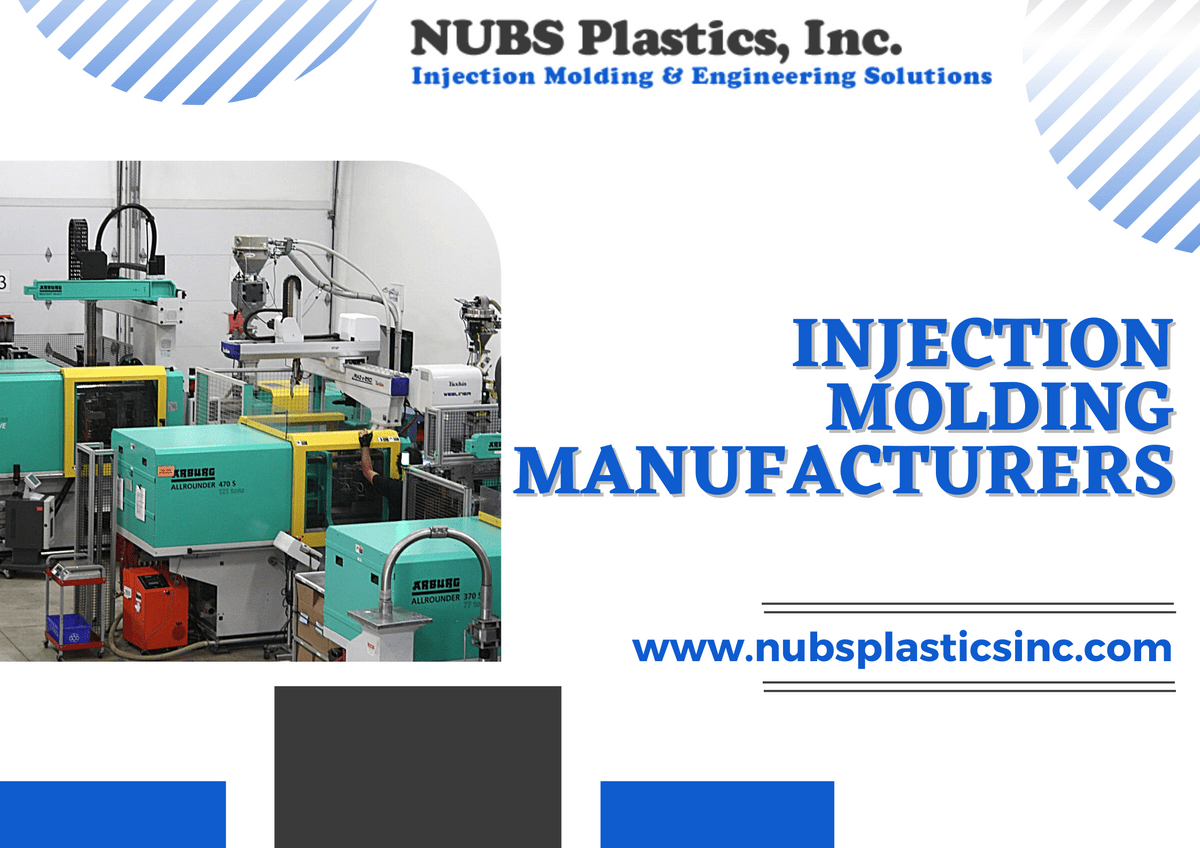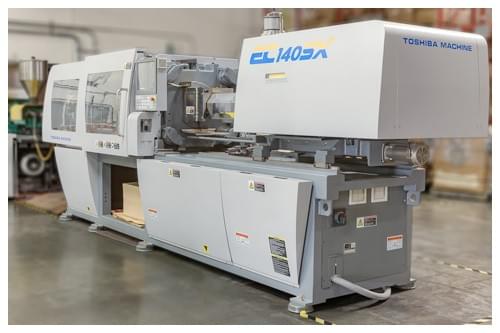
Injection molding is a complex process for producing high-quality and precision plastic products. An injection molding system includes many components like raw materials, the molten injection mechanism, the mold, the ejector system, and the temperature and pressure balancing mechanism. According to Injection Molding Manufacturers, mold manufacturing is a complex process, whether it's design, processing, assembly, debugging, or other steps till the final product outs from the machine. Many factors affect the entire life cycle of the mold quality. Nubs Plastics Inc, a well-known and credible injection molding company, shares the top 10 factors that affect the high quality of injection mold.
Mold Steel:
Steel is the most critical product that requires mold quality. So, choose the desirable steel according to the requirement. Different plastics use for vivid steels, like for high polishing, corrosion resistance, etc. The performance of the steel should matter rather than cost.
Structural Design:
A proper mold structure works on multi-fronts like product material properties, shrinkage rate, molding temperature, elastic tensile deformation coefficient, cooling water circuit, and speed of mold opening and closing. So, a better-equipped mold structure can effectively extend the life of the mold.
Mold Processing:
A reasonable mold process is very beneficiary for the injection molding company. It speeds up the production cycle, shortens the processing time, and saves costs. An accurate and balancing mold processing ensures stability in the production chain.

Standard Parts:
According to industry experts, standard parts do not directly link with formation, but they control the operation of the entire mold cycle. So, choose the good parts that should be wear-resistant, hard enough, high precision, and not easy to deform.
Allotype:
According to mold fitters, simple things are the most technical work. While the flat mold is a simple but fractal surface does have others. Fractal surfaces are relatively irregular and include multiple sliders and top blocks. So, it is a comprehensive work.
Skin Texture:
The mold polishing is the last portion of the mold manufacturing process. The polishing directly reflects on plastic parts. It also helps in supplementing mold movement, especially during the demolding.
Mold Assembly:
Mold assembling is quite similar to assembling a general machine. Every component and screw should be proper, otherwise, the consequences will be very serious. An entire cycle process will ruin if not mold does not properly assemble.

It is one of the least impactful pieces of equipment in mold design. Generally, these runners design by customers, especially big customers.
Mold Maintenance:
It is general maintenance and looked after during the production process. It’s like a vehicle, if it does not use for a long time, without maintenance, it can scrape.
Conclusion:
The above-given points are related to the High Quality Injection Molding process, where a mold plays a critical role. From the details, we can say mold manufacturing is a complex process, from design, processing, assembly, debugging, and other steps to the final actual use. In the entire life cycle, these main factors affect mold quality aspects.
